Engineering, Test & Evaluation Division
Lead the engineering, rapid prototyping, system integration and testing of advanced wireless communications and sensing systems to enable secure, groundbreaking capabilities.
Michael Miller
Director of Engineering, Test & Evaluation Division
Ashish Patel
Deputy Director of Engineering, Test & Evaluation Division
Areas of Focus
Advanced Wireless Communications & Sensing Technologies
Wireless communications research has always been at the core of our business. Developing new 5G technologies through our 5G/Next G Testbed while looking towards the future of 6G allows us to advance the adoption and integration of technologies for our customers, whether for industry, the Department of Defense or other Federal agencies. Our expertise in wireless, systems, DevOps and RF engineering goes beyond cellular technologies to include SATCOM, tactical data links, IoT and sensing systems.
Research, Development, Test & Evaluation (RDT&E)
The extensive experience of our technical and program management team enables us to execute across the entire RDT&E lifecycle. Whether it is the execution of proof-of-concepts, the development of prototypes or the design and execution of a test campaign, our team of RF, systems, and cybersecurity engineers are capable of supporting our customer’s needs to accelerate complex technologies and systems. Our portfolio in this area includes the development of agile test platforms, robust test beds, and the design of test plans for both laboratory and field environments.
Spectrum Access Technology & Policy
Since the beginning of VT-ARC, we have been recognized as a thought leader in electromagnetic spectrum technology and the crafting of policies which preserve our national security. Our engineering team has a full range of capability to support the complex environment associated with ensuring spectrum access. Whether it be innovative RF modeling and measurement science; the development of new technologies; or advising the White House on new policies which allow for spectrum access, ETED has the expertise to support this domain.
Systems Integration
Designing, integrating and managing complex communication and sensing capabilities is at the core of what we do. Whether it is for the integration of new or existing systems into an airborne platform or the development and deployment of an new 5G network enhancement, ETED has been a leader in the integration and engineering of innovative capabilities.
5G/xG Wireless Testbed
VT-ARC invested funds in the buildout and testing of our new 5G/xG Wireless Testbed located in our Arlington, VA headquarters facility. Consisting of parallel open-source Open RAN (ORAN) and 3GPP-compliant networks, the testbed provides wireless testing capabilities to expand research and rapid prototyping for 5G and Next G technologies. Supporting both 3GPP and Open RAN (ORAN) 4G and 5G technologies, the testbed offers end-to-end system integration enabling:
- Open-source s/w interoperability testing
- Open architecture validation
- Multi-vendor testing
- Proof-of-concept testing
- Integration with cloud
- Virtualization
The testbed team completed deployment of a near-RT RIC (RAN Intelligent Controller) and xApp on a server provisioned in a cloud environment validating our capability to develop and deploy new xApps in the future. The team also conducted a security analysis that will guide 5G ORAN testbed security framework development and demonstrated 5G ORAN AR/VR connectivity for a remote assistance and operations use case exploiting 5G’s low latency and high bandwidth capabilities.
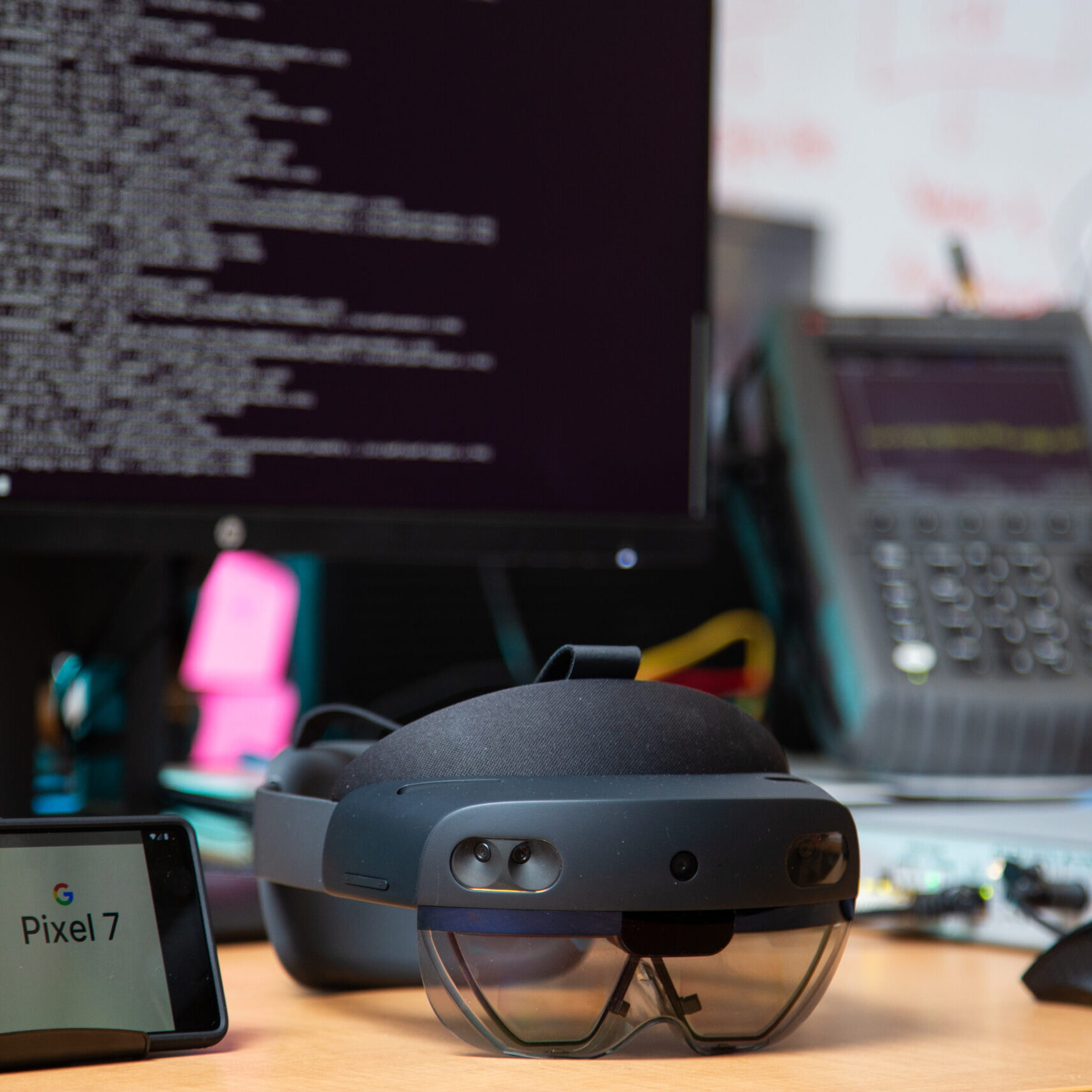
Program Highlights
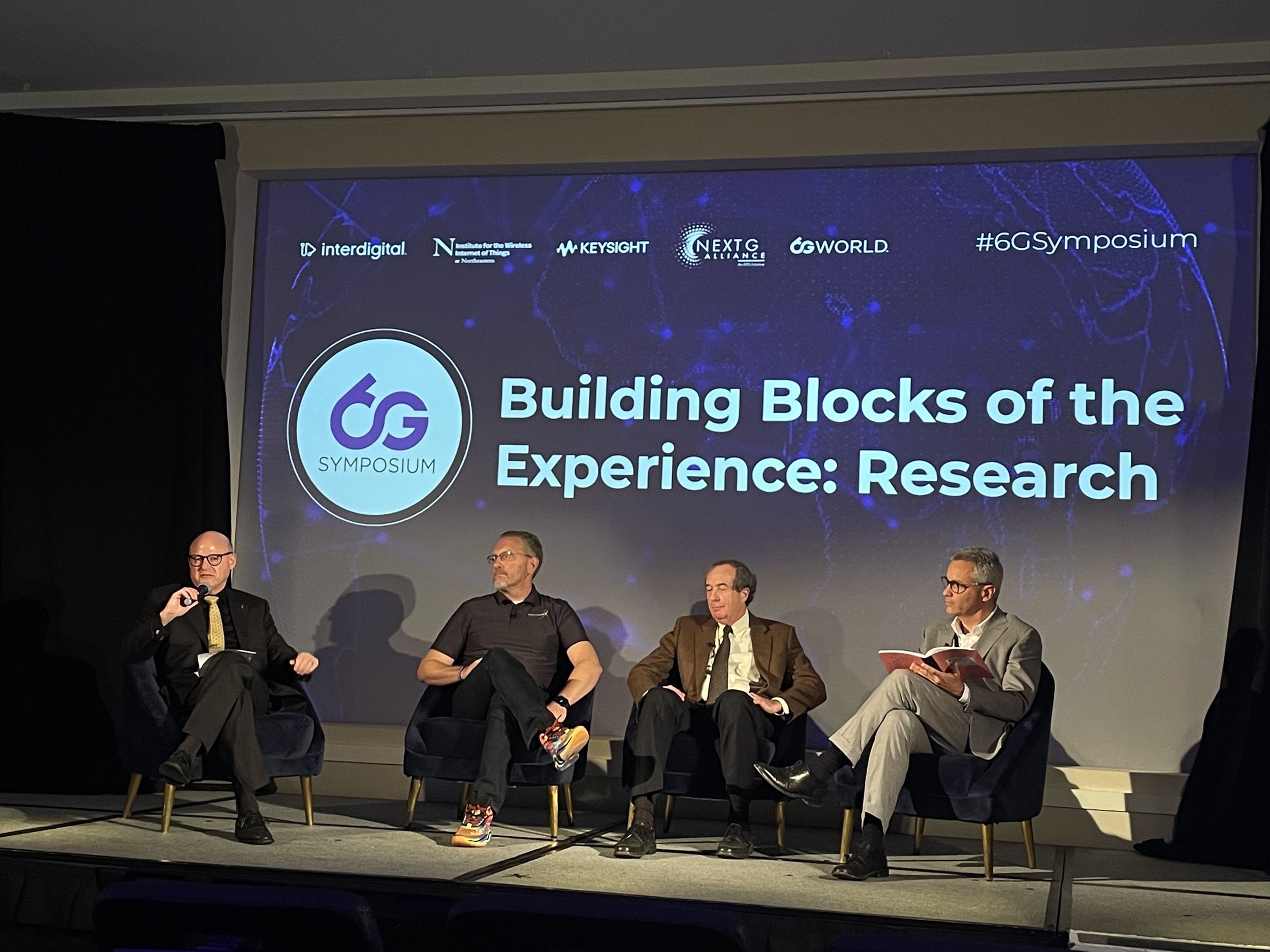
The Next G Alliance (NGA) is a consortium bringing together Industry, Academia and Government toward collectively advancing North American wireless technology leadership that was founded and stood up by ATIS. With a strong emphasis on technology commercialization, this initiative establishes a roadmap to 6G, encompassing the full life cycle of R&D , manufacturing, standardization and market readiness.
VT-ARC operates the Technical Program Office for the Next G Alliance, providing ongoing support working toward helping cement North American leadership in 6G innovation. In this capacity, VT-ARC leverages its wide academic network to bolster Academic membership and engagement as well as to advance the Next G Alliance research objectives. Additionally, our team provides programmatic support and helps ensure synchronization across the NGA Full Member Group, Steering Group, Policy Committee, and various Working Groups.
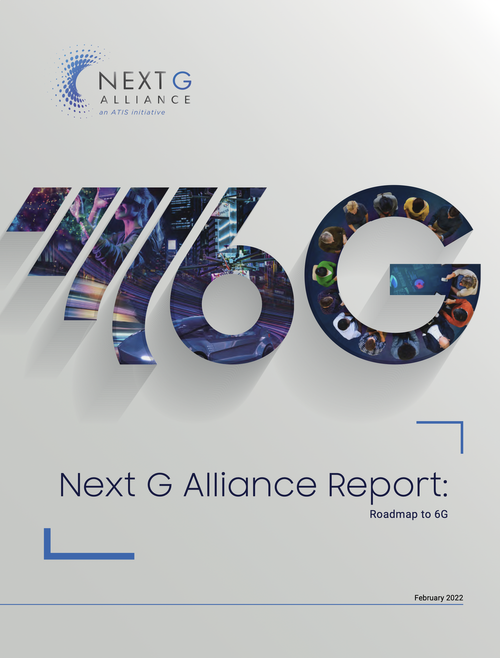
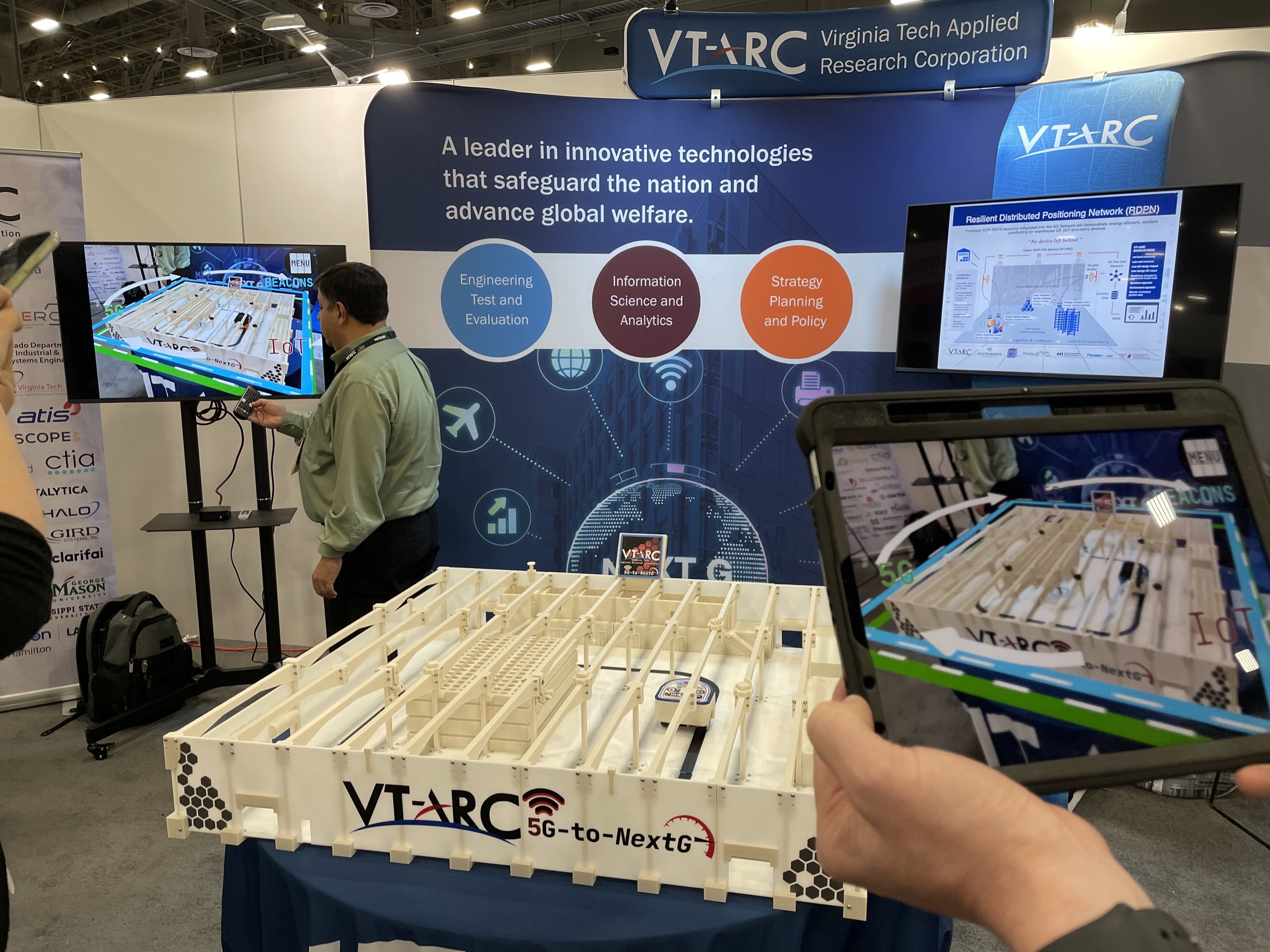
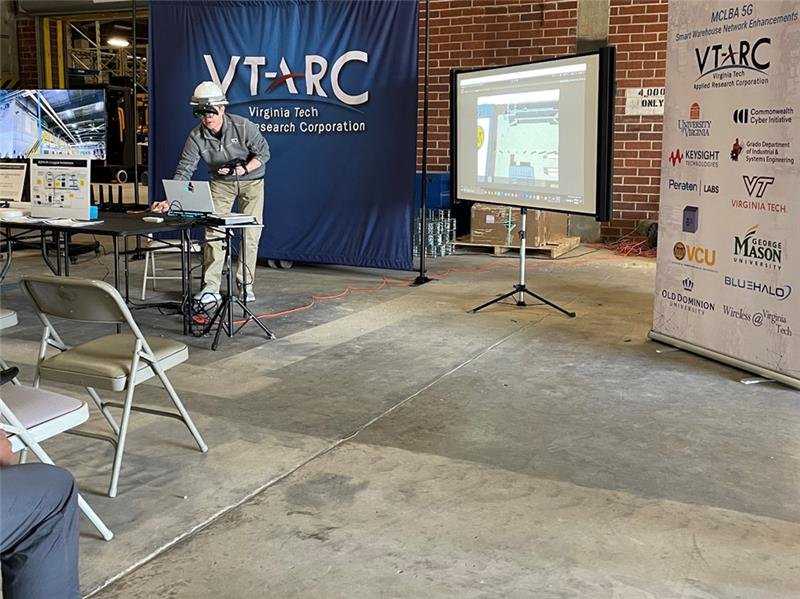
In support of the OUSD/(R&E) DoD NextG Tranche 1 efforts, VT-ARC developed two innovative technologies capable of enhancing a 5G private wireless network testbed being integrated in parallel into warehouse operations at the Marine Corps Logistics Command (MARCORLOGOM) in Albany, GA. The VT-ARC-led team included multiple renowned 5G industry labs and academic research institutions to rapidly develop two wireless technology prototypes technologies not currently available in the commercial marketplace. VT-ARC developed the Resilient Distributed Positioning Network (RDPN) prototype to enable spectrally efficient, low-energy, secure, interference-resistant centimeter-level positioning of 5G-enabled logistics IoT devices associated with high-value assets and mobile robotics which will improve logistics operations, costs, safety, and more. A second prototype technology developed in parallel, known as Distributed Coherent Multiple-In Multiple-Out (DCM), demonstrated the ability to improve IOT device received signal-to-noise (SNR) and interference resistance using advanced signal processing techniques for use in future 5G networks. VT-ARC partnered with several academic researchers, academic laboratories, and industry partners to progressively mature RDPN and DCM from existing fundamental research to operational prototypes ready for integration into the Albany 5G Smart Warehouse 5G testbed. VT-ARC transitioned initial research developed on the project by Old Dominion University, Virginia Commonwealth University, and Virginia Tech into research labs at B3 Advanced Communications Systems, Blue Halo Labs, the Commonwealth Cyber Initiative, and Peraton Labs enabling rapid progression from simulations to models and finally working prototypes ready for integration with the warehouse 5G private wireless network built by Federated Wireless and its partners JMA Wireless and Cisco. A parallel team of researchers from Virginia Tech’s Grado Department of Industrial and Systems Engineering identified logistics performance metrics, both existing and new, that will benefit from the 5G network and VT-ARC’s network enhancements in the warehouse, across the wider base, and beyond to the future DoD global IOT architecture. Working with the NIWC-Atlantic and MARCORLOGCOM teams managing the Albany DoD 5G Tranche 1 program, VT-ARC successfully completed Phase 1 and Phase 2 of development including Critical Design Review and working lab prototypes.
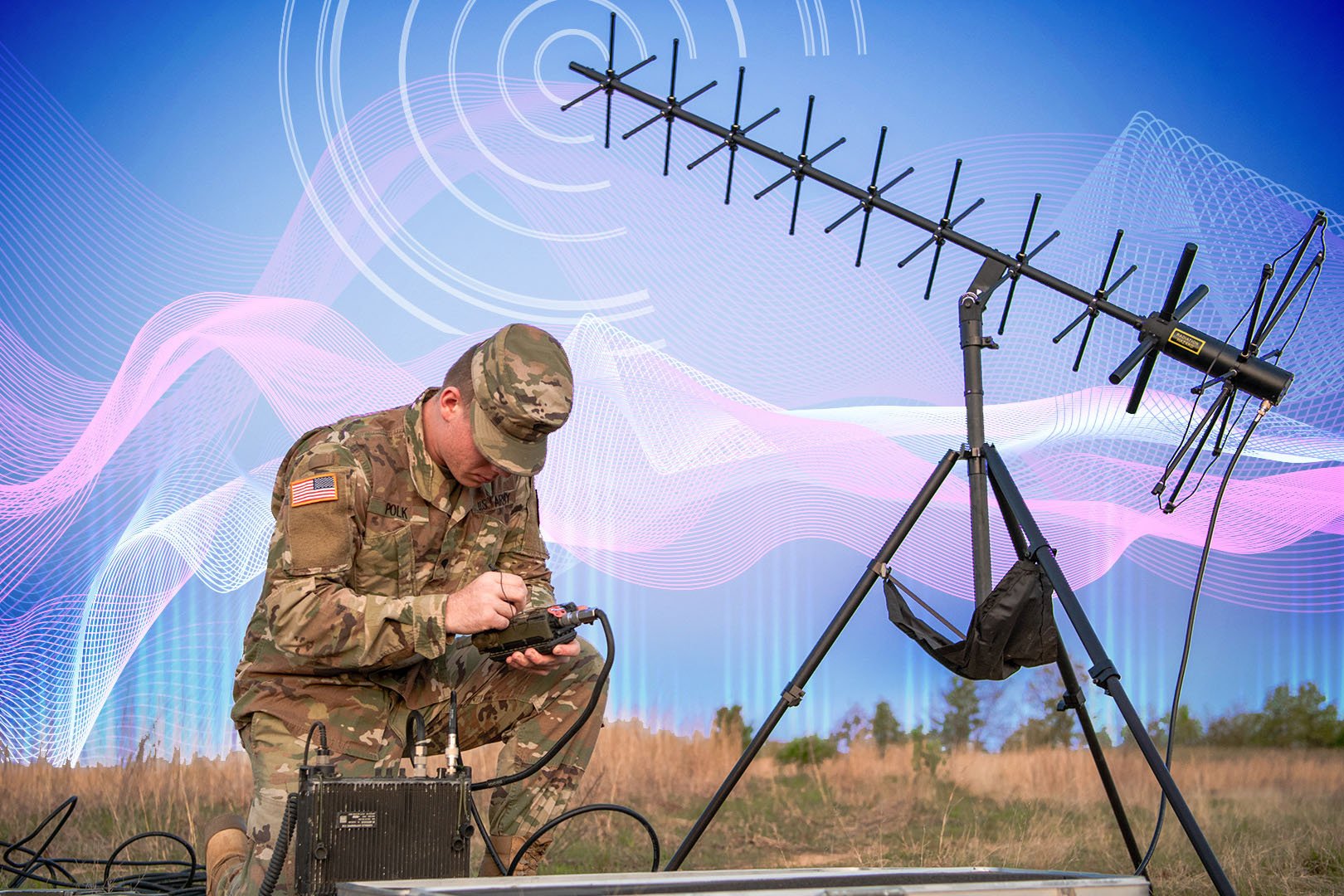
Prior to the FCC’s AWS-3 Auction, VT-ARC helped DOD conceive a process and program facilitating expedited and expanded entry of commercial deployment into the band. Our team identified, assessed, tested, and demonstrated
interference mitigation techniques between 5G/LTE and incumbent DoD systems. After the auction, VT-ARC was part of the team executing the program and coordinating across the DoD and NTIA, to improve interference
modeling based on real-world (field & lab) measurements. VT-ARC led the 5G/LTE Characterization effort and participated in Improved Propagation Modeling and Receiver/Aggregate Interference Analysis efforts.
SSTD benefits included technical advances adding realism to interference predictions, resulting in expanded AWS-3 approvals based on significant improvements in predicting clutter loss, 5G/LTE network operations
loading factors, aggregate interference levels, etc.
VT-ARC led the technical assessment and definition of an interference mitigation solution known as Uplink Frequency Avoidance or Notching that led to full early entry approval of severely encumbered licenses worth
$140M and analyzed solutions for full approval of 51 additional licenses worth $1.42B

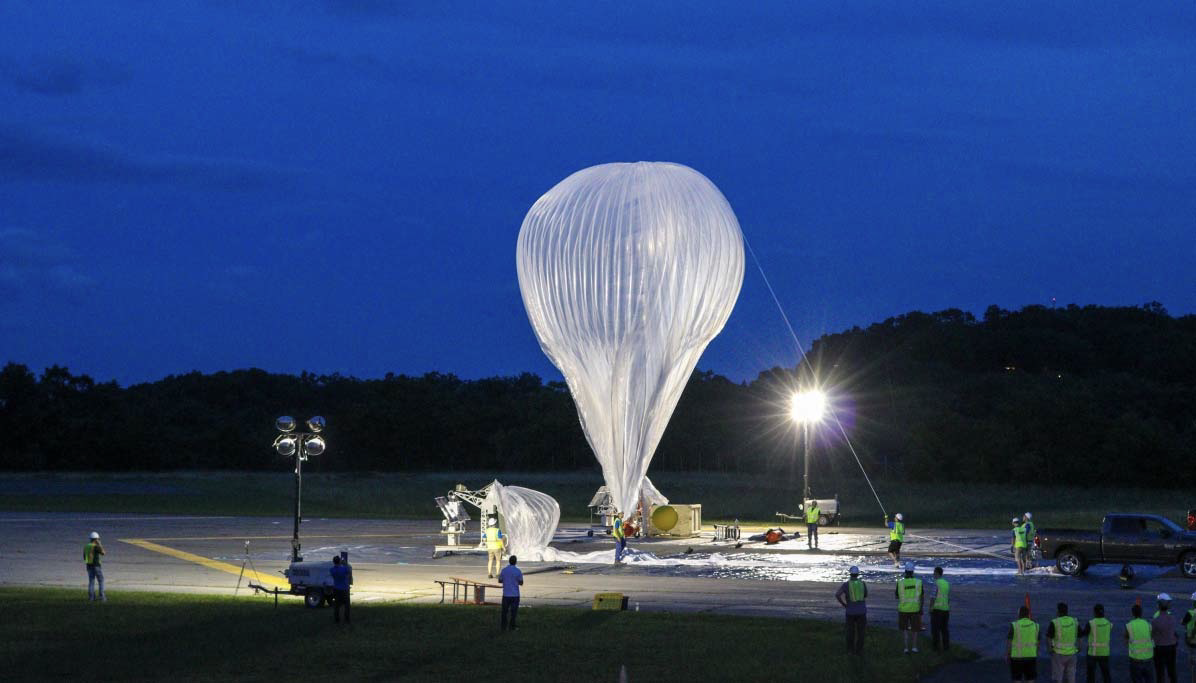
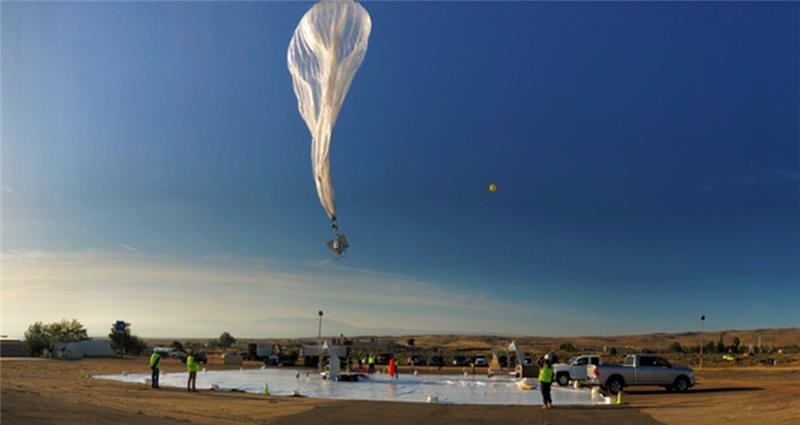
VT-ARC led the RDT&E of stratospheric high altitude, zero pressure balloons which were being developed to create resilient communication architectures and a cutting edge ISR platform. As part of this program, ETED served as the Test Campaign Manager and provided oversight of the system integration of cutting edge research payloads which could be transitioned into operational capabilities. This involved test preparation, test planning and execution, summary documentation, integration and analysis of the test results, to include modeling, simulation and analysis (MS&A).
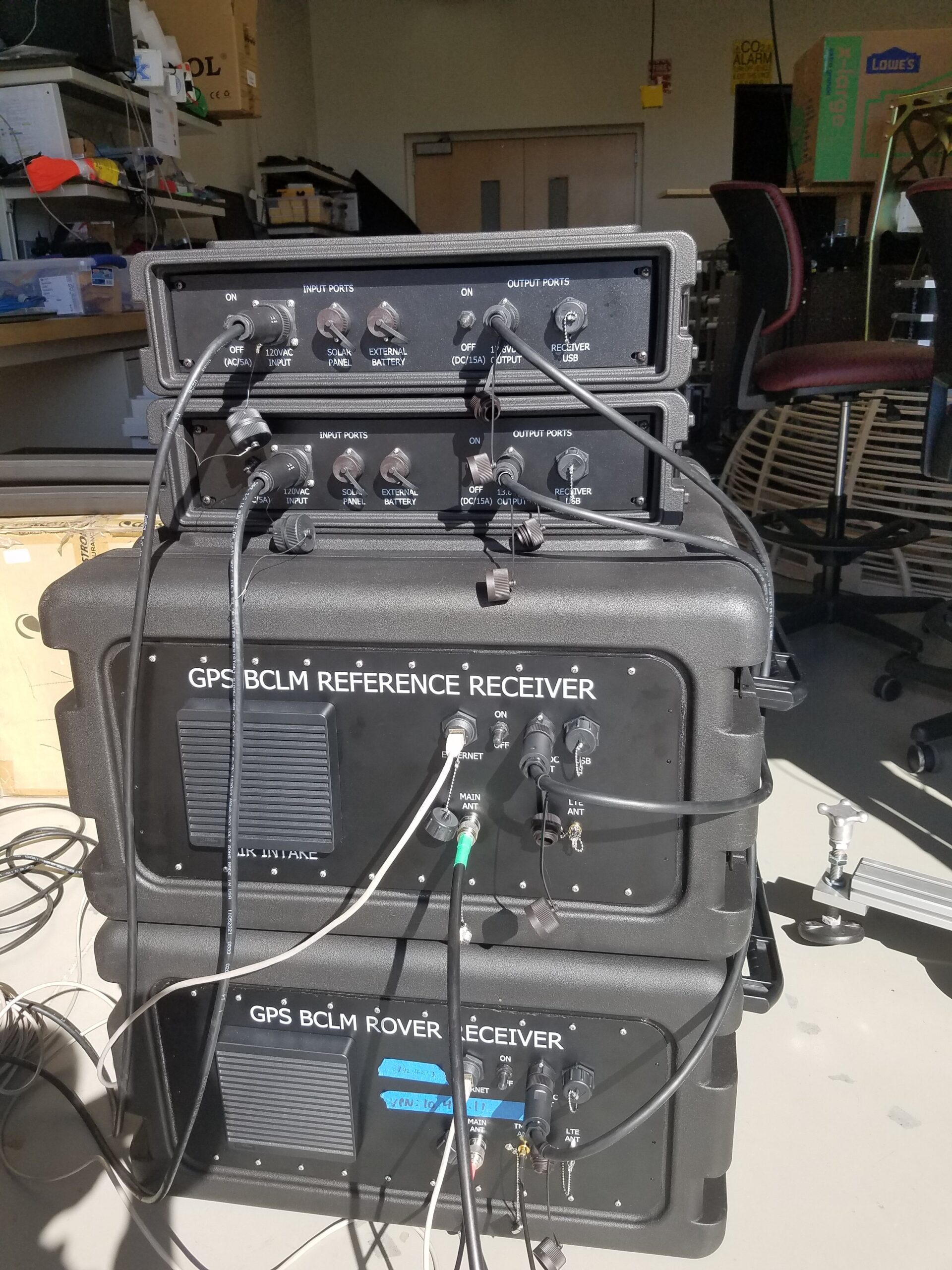
VT-ARC demonstrated the effectiveness of the Global Position System (GPS) Based Clutter Loss Measurement (BCLM) technology, which provides a ubiquitous capability to measure clutter losses over a complete range of elevation angles for a wide variety of clutter morphologies. The use of the GPS satellite constellation as the clutter measurement transmitters provided a unique opportunity to control costs by using an Air Force managed set of transmitters with tightly controlled orbital locations, transmission power, antenna patterns, and orientation across a diurnal period. The GPS BCLM system has proven its ability to directly measure clutter loss in recent field testing and offers accuracy and clutter loss depth superior to any other available system.


